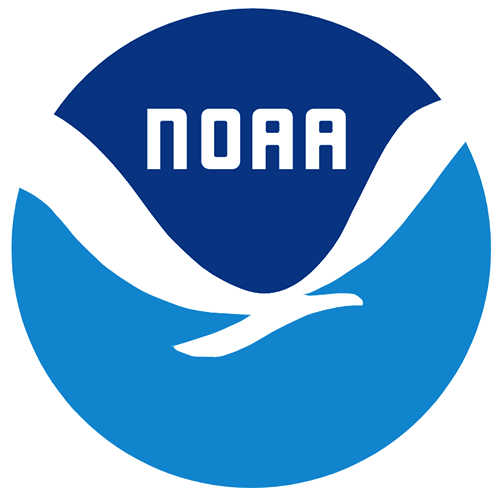2012 USACE NCMP Topobathy Lidar: Lake Michigan (IN,IL,MI,WI)
Welcome Guest ( Sign In )
NOAA
 These files contain classified topographic and bathymetric lidar data as unclassified valid topographic data (1), valid topographic data classified as ground (2), invalid topographic data classified as lowpoints (7), valid bathymetric data (11), and valid topographic data acquired with the bathymetric sensor (14). Classes 1, 2, and 7 are defined in accordance with the American Society for Photogrammetry and Remote Sensing (ASPRS) classification standards, while classes 11 and 14 are classes specific to the NOAA Digital Coast Data Access Viewer (DAV).These data were collected with a RIEGL VQ-480 airborne lidar system along the Lake Michigan shoreline.
Data coverage generally extends along the shoreline from the waterline to 500 meters onshore. The VQ-480 sensor has a pulse repetition rate of 150 kHz at near infrared laser wavelength. Native lidar data are not generally in a format accessible to most Geographical Information Systems (GIS). Specialized in-house and commercial software packages are used to process the native lidar data into 3-dimensional positions that can be exported to standard formats and imported into GIS software for visualization and further analysis. Horizontal positions, provided in Geographic Coordinates in decimal degrees, are referenced to the NAD83 (2011) Epoch 2010 datum. Vertical elevations in meters are also referenced to this datum (GRS80 ellipsoidal height). The 3-D position data are sub-divided into a series of LAS files. The National Geodetic Surveys (NGS) GEOID03 model is used to transform the vertical positions from ellipsoid to orthometric heights referenced to the North American Vertical Datum of 1988 (NAVD88). The 3-D position data are sub-divided into a series of LAS files, each covering approximately 5 kilometers of shoreline.
Note: The NOAA Office for Coastal Management was unable to determine the exact dates of collection due to corrupt GPS times in at least of the LAS files. Classifications listed from the original metadata above may have changed during processes at NOAA OCM.
This data set is an LAZ (compressed LAS) format file containing LIDAR point cloud data.
These files contain classified topographic and bathymetric lidar data as unclassified valid topographic data (1), valid topographic data classified as ground (2), invalid topographic data classified as lowpoints (7), valid bathymetric data (11), and valid topographic data acquired with the bathymetric sensor (14). Classes 1, 2, and 7 are defined in accordance with the American Society for Photogrammetry and Remote Sensing (ASPRS) classification standards, while classes 11 and 14 are classes specific to the NOAA Digital Coast Data Access Viewer (DAV).These data were collected with a RIEGL VQ-480 airborne lidar system along the Lake Michigan shoreline.
Data coverage generally extends along the shoreline from the waterline to 500 meters onshore. The VQ-480 sensor has a pulse repetition rate of 150 kHz at near infrared laser wavelength. Native lidar data are not generally in a format accessible to most Geographical Information Systems (GIS). Specialized in-house and commercial software packages are used to process the native lidar data into 3-dimensional positions that can be exported to standard formats and imported into GIS software for visualization and further analysis. Horizontal positions, provided in Geographic Coordinates in decimal degrees, are referenced to the NAD83 (2011) Epoch 2010 datum. Vertical elevations in meters are also referenced to this datum (GRS80 ellipsoidal height). The 3-D position data are sub-divided into a series of LAS files. The National Geodetic Surveys (NGS) GEOID03 model is used to transform the vertical positions from ellipsoid to orthometric heights referenced to the North American Vertical Datum of 1988 (NAVD88). The 3-D position data are sub-divided into a series of LAS files, each covering approximately 5 kilometers of shoreline.
Note: The NOAA Office for Coastal Management was unable to determine the exact dates of collection due to corrupt GPS times in at least of the LAS files. Classifications listed from the original metadata above may have changed during processes at NOAA OCM.
This data set is an LAZ (compressed LAS) format file containing LIDAR point cloud data.
